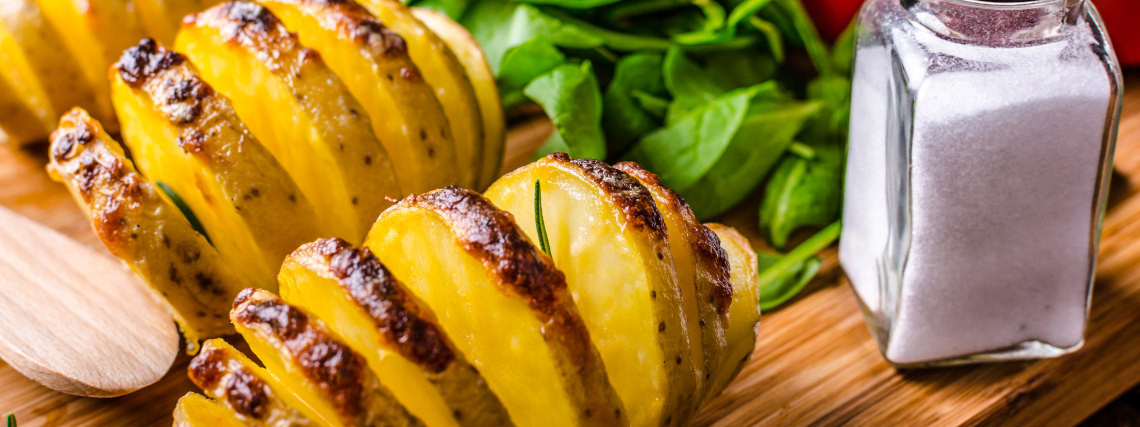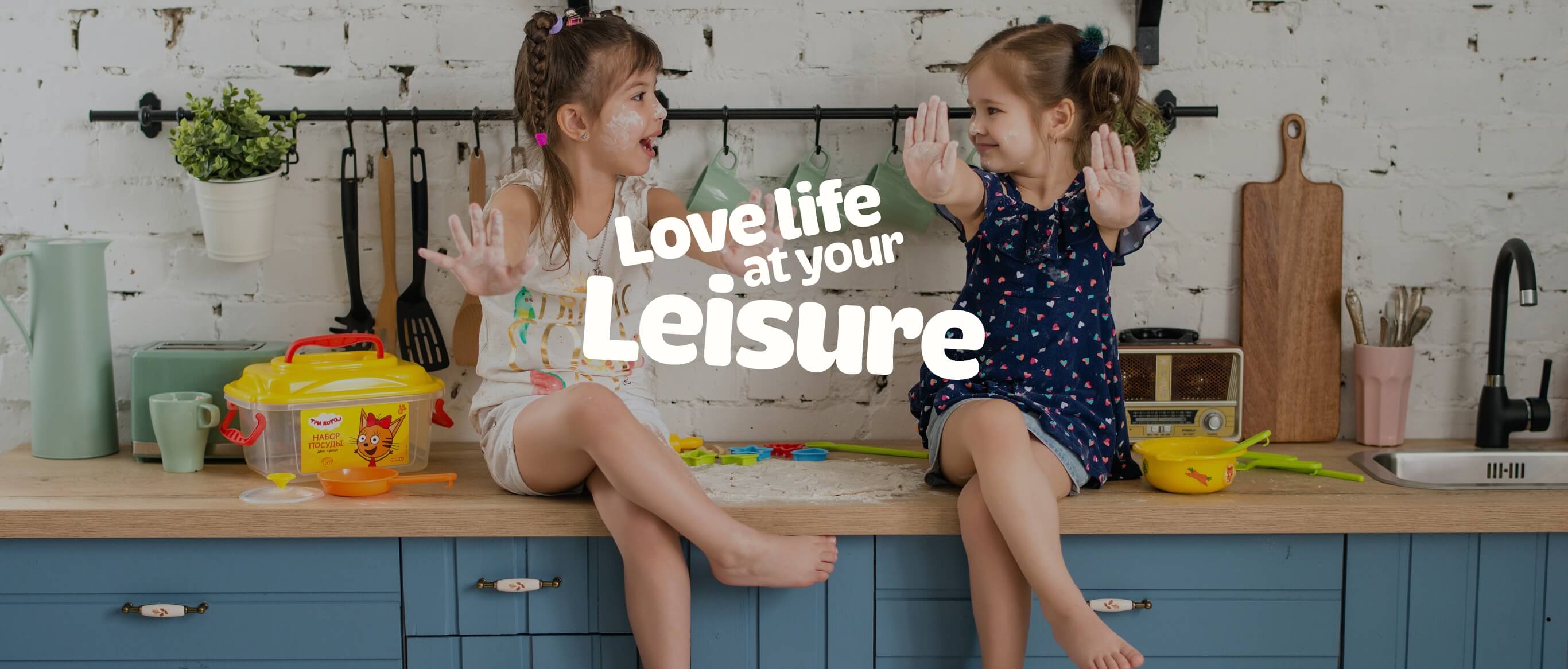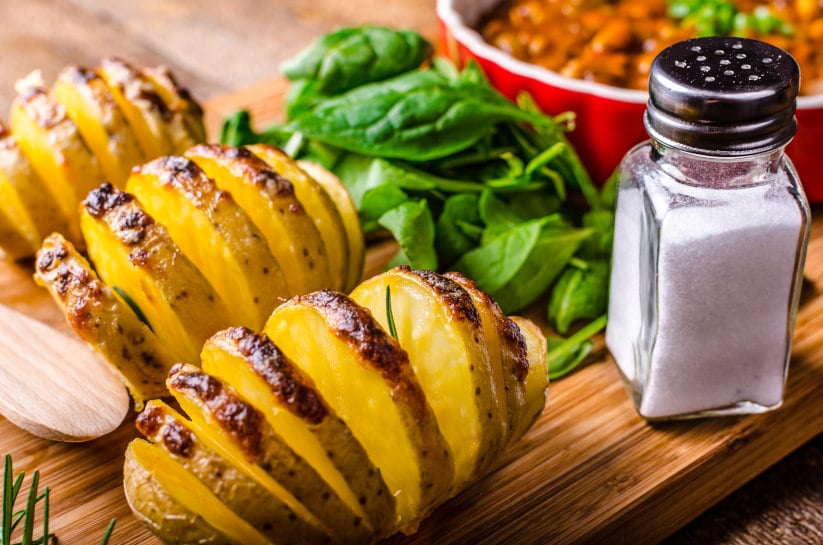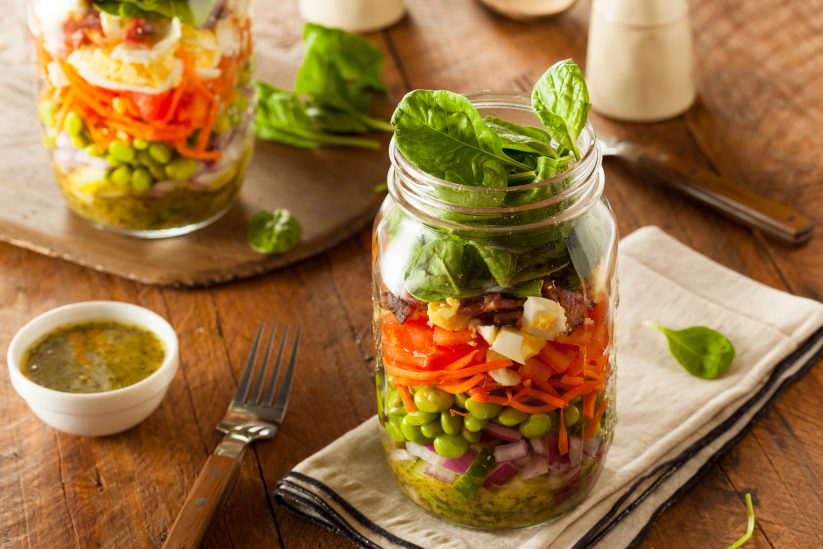
Ideally, a good family lunch should be easy, healthy, and introduce a bit of uplifting colour and energy to the midday break. After all, it’s no secret that a hearty and interesting lunch dish can really help us power through the typical mid-afternoon slump.
Even so, for the majority of the week, most of us rely on family lunches being fairly quick and simple affairs. This applies equally whether everyone’s sitting down to eat together, or each taking their own individual portion to work or school in a lunchbox.
With that in mind, below you’ll find a couple of quick, easy and healthy lunch ideas for all the family to enjoy - regardless of whether or not you’re all eating at the same time and place!



